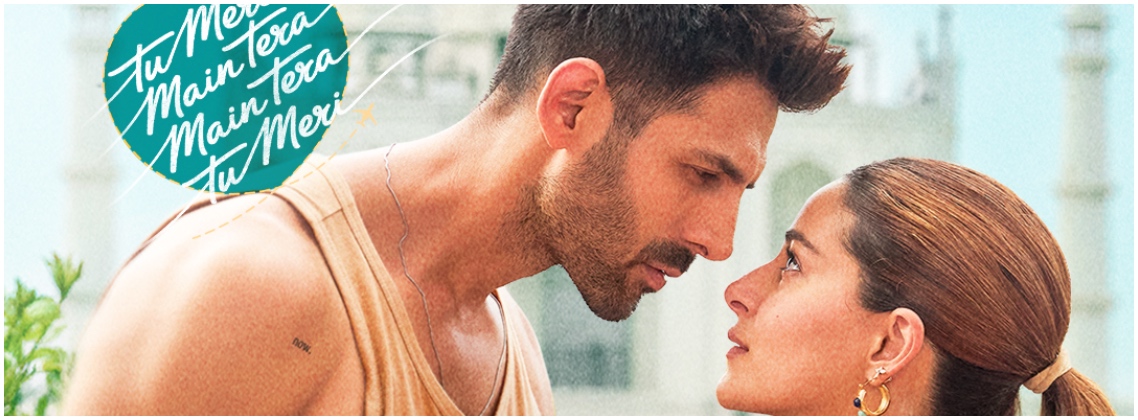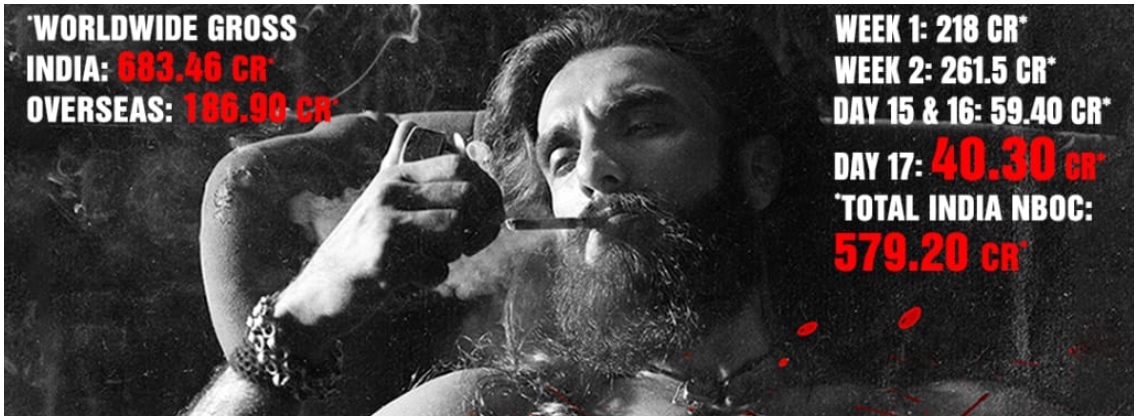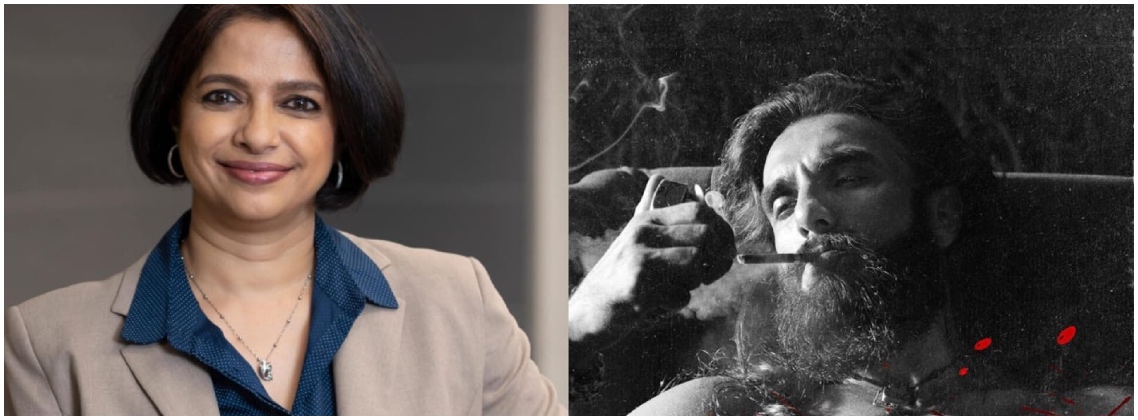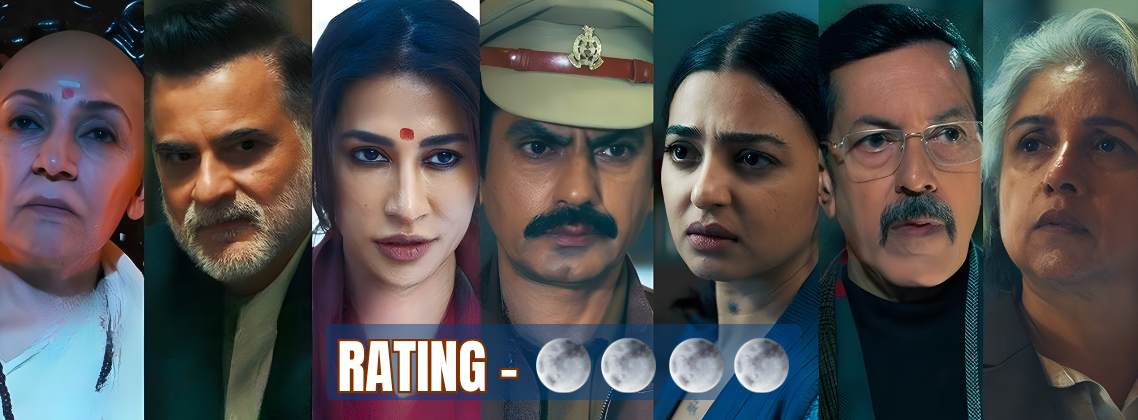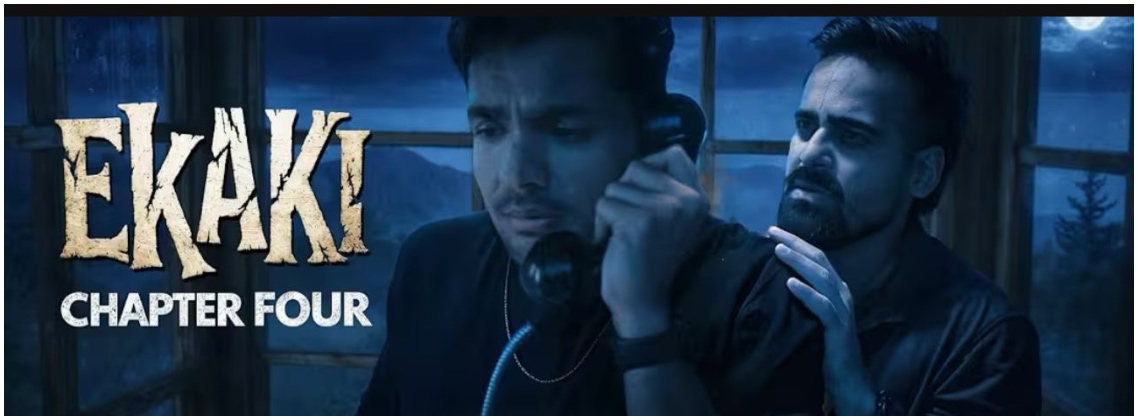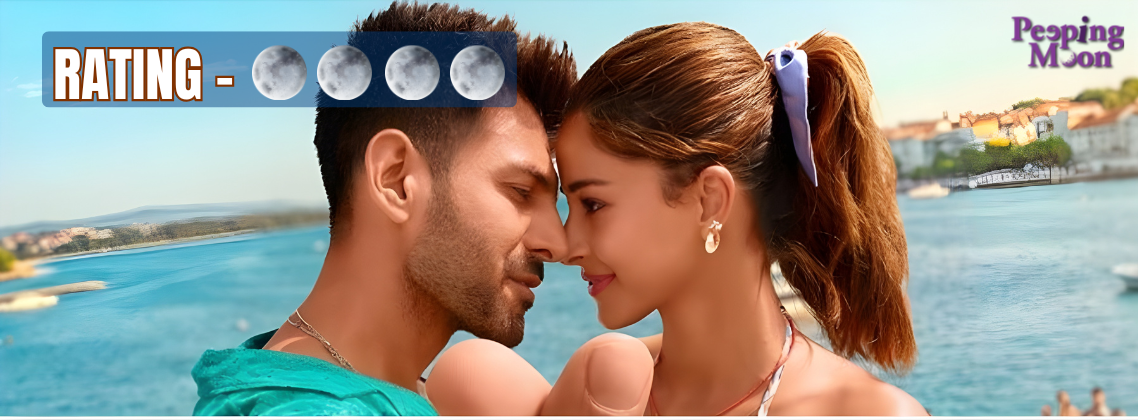Shah Rukh Khan’s and Kajol’s film Dilwale Dulhania Le Jayenge is no longer just a film; it's an institution in itself. The film had completed a staggeringly historic 1,274-week run at Mumbai’s Maratha Mandir theatre when it was forced to temporarily close in March, 2020 due to COVID-19. Released in 1995, DDLJ in a nutshell was about Non-Resident Indians (NRIs) Raj and Simran and their love story that started and ended on a train which captured the imagination of Indians in a way seldom seen before in the history of Hindi cinema.
The film catapulted not only SRK and Kajol to dizzying heights of stardom but also made the director Aditya Chopra, fashion designer Manish Malhotra and music directors Jatin-Lalit household names. The film boasted soulful music, breath-taking locales of Switzerland, the Alps, Euro rail and Europe and a love story that touched everyone’s hearts and offered role models for the entire family to emulate. DDLJ bagged a mammoth 10 Filmfare Awards and changed the face of both - the film industry as well as the Indian society.
On the momentous occasion of the film clocking 25 years, let's take a look at the trends and stereotypes that the YRF film managed to break in mere 3 hrs and 15 mins of run-time:
1. Indian values, culture and life lessons

Prior to DDLJ, the West was always portrayed as a decadent hotbed of sins and sinners in Hindi films. However, the Yash Chopra backed film changed all that. The film depicted two Indian families who live in London but have not forgotten their roots. They might be anglicised in their choice of clothing but religiously adhere to their cultures and racial backgrounds. For instance, SRK who is born and bred in the UK, a flirtatious guy, turns out to be more Hindustani than the guy raised in Punjab! He tells Simran, “Main ek hindustani hoon…aur main jaanta hoon ki ek hindustani ladki ki izzat kya hoti hai,” as he tries to pacify Kajol after playing a prank on her that they had casual sex in her inebriated state. The film harped on the fact that a person’s heart and character are his biggest assets. Our Punjabi gabru jawaan Kuljeet aka Parmeet Sethi is more handsome and good-looking than Shah Rukh but Raj was not willing to elope with Simran and tried his best to get accepted as a son-in-law. On the other hand, Kuljeet was willing to go to London for some on the side action!!!
2. Lessons for life/morals

DDLJ did teach us some valuable lessons for life like not to take the easy way out and to stand one’s ground if one is right. Our hero Raj despite being an NRI had all the values of an Indian son and husband. Our Simran despite being brought up in a foreign land lived up to Indian values and traditions like keeping Karwa Chauth for her prospective husband while Raj also reciprocates and honours her love by keeping the fast himself as well.
DDLJ was also high on life lessons as the film talked about taking the tough yet right route much before Dumbledore talked about what is easy and right in Harry Potter. SRK’s tough call of making sure that the family of Simran accepts him as a son-in-law proved a big factor on why the film is one of the most loved. It showed how to stand one’s ground when one is right and that to fall in love is no sin.
3. The father is not the villain

Previous to DDLJ, Hindi cinema generally had the parents, particularly the father play spoilsport between the hero and the heroine. However, here the father played brilliantly by Amrish Puri is not the villain; he is just a regular dad who wants his daughter to have a good life with a good alliance. He is a compassionate patriot, struggling hard to hold onto the roots of his culture. Even though he gives the persona of an immensely strict person, he breaks into a gig showering praises on his wife and also gives his daughter permission to go on a Euro trip with friends.
4.Breaking the Hindi film hero ‘stereotype’ and patriarchy with charisma

DDLJ’s hero Raj was nothing like what we had seen Hindi film heroes to be. He was not macho, no rippling muscles, did not shout profanities or threaten the villain to come out in open combat. But what he had was charisma that paled all the other previous generation's heroes in comparison. Here was a guy who was helping the women in the kitchen, giving them fashion advice, a good-natured flirt and showering ghar ki ladies with praises and yet not being sissy about it. SRK’s Raj showed the guys what it entails to be a man in tune with his feminine and softer side as well as to have a great sense of humour. He is affectionate, adorable, hilarious, and happy-go-lucky. He keeps Karwa Chauth for his girlfriend and is not insecure about his manliness; he even takes up a gun when the goons hit his father, showing that he will fight back when pushed to the edge. Mind you, he is not a frivolous character either but knows that it takes more to be a man than just plain shouting and ordering women about. He isn’t even the best-looking of all the men in the house yet he makes the women around him feel special by giving them the respect they deserve.
5. Do not judge a man or woman by their clothes

Dilwale Dulhania Le Jayenge had one of the best costumes among the films made in the '90s. Kajol is seen dressed in a mini-skirt, a halter-neck backless gown, wedding trousseau, jeans etc. but never does it feel that she has lost her ‘Indianness’ per se. Previously, all our films showed the vamps dressing in western outfits while the ‘sati savitri’ heroines would be clad in sarees. Our hero Raj wears jeans and a leather jacket but upholds the Indian culture and values thereby giving the message that clothes do not maketh a man, what lies underneath is important. His attempt at wearing a dhoti and feeding the pigeons in one of the most iconic hilarious scenes is a testimony to how the film managed to break the stereotypes prevalent in the Hindi film industry. The clothes used in the film were not over-the-top that could never be worn by normal boys and girls and that itself was a huge factor as to why the film became such a rage in the nineties.
6. Family: The confidants
.jpg)
Another aspect of DDLJ that was endearing was the family equation it showed. The doting mother played by Farida Jalal who is her daughter’s confidante, the sister played by Pooja Ruparel who is fiercely protective and knows for whom her elder sister’s heart beats for and three fathers who love their children in their own special way. Anupam Kher, Amrish Puri, and Satish Shah brought three different aspects of how a father should be-friendly and supportive, strict, disciplinarian, loving, and funny. Even the grandmother played by Achala Sachdev and the bua played by Himani Shivpuri are characters worth rooting for as they are not vile or malicious but recognize the fact that Simran’s joy knows no bounds after Raj enters the household. After all, the film emphasized that it is all about family and we can never run away from the people we love.
7. The changing times

The '90s saw a huge influx of changes happening in India. We got satellite television, the economy had opened up, foreign brands made a beeline for the Indian market and with all this opened a big debate on what constitutes an Indian? The youngsters were grappling with an image makeover while their parents were trying to usher them into a bracket that they had lived in. However, DDLJ changed all that as it showed that the youth have a mind of their own and the changing times of the parents. It brought a newfound camaraderie between the children and their parents that helped bridge the generation gap. It bridged two ideologies and broke the stereotype that love marriages are bad and a strict no-no. The film honoured conventional relationships but also emphasised the fact that it is perfectly fine to find your own life-partner and your family need not make a hue-and-cry about it.
8.Music and Lyrics

The music of DDLJ is iconic, period. The album has a song for every mood and emotion portrayed in the film. You have a peppy number where the guy is trying to woo and outwit the girl in Ruk Ja O Dil Deewane, a romantic ballad for confessing love in Tujhe Dekha To Yeh Jaana Sanam, a song to showcase the dilemma of the heart in Na Jaane Mere, a song to talk about the man of your dreams (another that broke the glass ceiling as the girl is imagining her beau and not vice versa) in Mere Khwabon Mein Jo Aaye, a track to dance on during weddings in Mehendi Laga Ke Rakhna and a longing for your country in Ghar Aaja Pardesi. The songs made the film a melodious classic that age like fine wine.
9.Dialogues

Even after 25 years, the dialogues of DDLJ are not only popular but have achieved a cult status. They not only evoke powerful emotions but can also be used in several scenarios in daily life. Before the advent of memes, dialogues of DDLJ were used to communicate funny situations and incidences. The pick-up lines as well as the life lessons that the second half propounded have stood the test of time. “Bade bade deshon mein aisi choti choti baatein hoti rehti hai, Senorita”, and “Jaa, Simran jaa, jee le apni zindagi,” are the most popular ones but there were a few other gems as well. The latter is the epitome of freedom and the loosening of the patriarchal bondage; the father is giving his permission yet it is not so, what he is actually doing is paving the way for equality that girls also deserve to live their life according to their own choices.
.jpg)
Sample this when Farida Jalal tells SRK and Kajol to elope, he tells her about his mother’s advice and says, “Agar tum galat raaste par chaloge … toh ho sakta hai shuruvat mein tumhe bahut kamyabi mile, bahut khushiya mile … magar anth mein tumhari haar hogi … aur agar sahi raaste par chaloge … toh bhale hi shuruvat mein tumhe kadam kadam par thokarein mile, musibaton ka samna karna pade, pareshani ho … magar anth mein hamesha jeet hogi (If you walk on the wrong path, the road will give you success at the beginning and might make you happy but at the end you’ll lose. However, if you walk on the right path, at the beginning you might get a lot of brickbats but ultimately you’ll emerge victorious).”
On the other hand, it also cautioned the youngsters to not lose hope if their dreams do not materialise with, “Sapne dekho, zaroor dekho. Bas, unke poore hone ki shart mat rakho (Dream, but don’t dwell on those dreams and lose hope if they don’t come true).”
10. The Love Story

DDLJ was primarily a love story that brought together every young boy’s and girl’s fantasy into one cohesively woven film. The exotic locales of Switzerland, the freedom of being away from watchful eyes of parents and meeting and befriending a person of the opposite sex without your familial and racial baggage, struck a chord with every Indian youngster. Not once did Raj and Simran confess their love for each other, yet both of them knew that they loved each other, hell they were not even sure whether the other person reciprocated or not; yet it did not deter SRK to cross seven seas to come to India and find out Kajol’s answer. She, on the other hand, was torn between her duty and her dreams, yet when he asks her ‘do you trust me’, she tells him blatantly that she trusts him more than she trusts herself. And who can forget, “Palat,” that is still employed by every couple to ascertain their love for each other. DDLJ gave us not mushy romance where the hero and heroine are writing love letters in blood or threatening to jump off the building if they don’t say ‘I Love You’, in fact not once did Raj and Simran utter those three words, yet their love depicted the understanding, respect and faith that people in love have for each other and that is what made the film so beautiful. Raj even brings the symbolic ‘Swiss Bell’ to India for Simran to remind her of the love, friendship and the life she is sacrificing by settling in India against her wishes. It was the love that Indian youth had seen between their parents – real and tangible and not filmy.

DDLJ has stood the test of time because it arrived when movie-goers were fed up with a bevy of shabbily-made, risque comedies with double-entendre songs or action flicks that were not suitable for family viewing. Almost every other film had rape scenes, ragging, alcoholism, smoking, violence or sexist and vulgar jokes which made watching films in theatres a strict no-no as a family outing. However, with DDLJ’s clean, wholesome family entertainment, the great Indian family could once again watch Hindi cinema sitting together in the living room without feeling awkward.
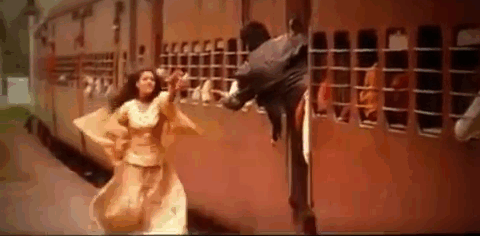





.jpg)
